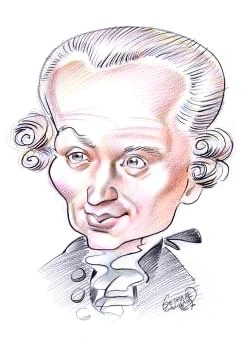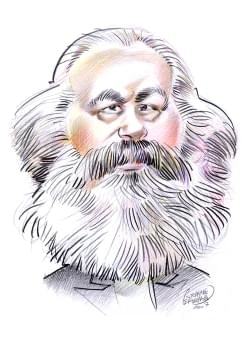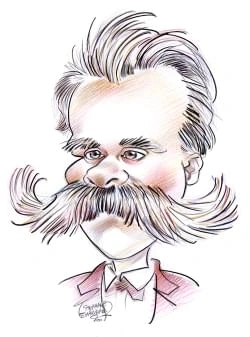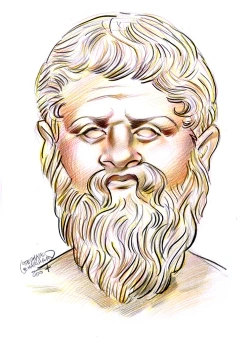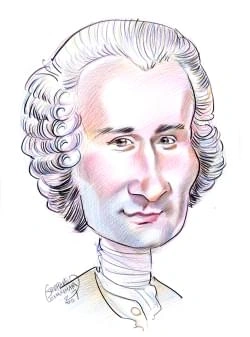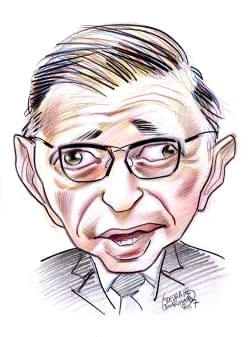17 résultats pour "qin"
-
Qin Dynasty - history.
Terra-Cotta Tomb FiguresMore than 6,000 life-size terra-cotta soldiers and horses were produced for the tomb of the first Chinese emperor, Qin Shihuangdi.The figures remained buried near his burial mound from 210 bc until their discovery in 1974. Since then, they have beenpainstakingly restored to stand in their original formation.Wolfgang Kaehler/Corbis A nomadic empire named Xiongnu (Hsiung-nu) controlled the vast steppe land in northern Asia. During the Warring States period, the northern Chi...
-
Qin Dynasty - History.
measurements. All of these contributed greatly to the Qin's new centralized economy. C Government The Qin government was totalitarian, based on the philosophy of Fajia (Legalism), which placed absolute power in the hands of the ruler, who governed by means of strict laws and harsh punishments. Practical reformers and scholars such as Shang Yang (d. 338 BC) and Han Fei (280?-233 BC) saw Legalism as a way to create a highly efficient, albeit ruthless, administrative apparatus. Qin Shihuangdi...
-
LES SOLDATS DE QIN
superposé deux couches d'argile : l'une , épaisse et grossiè re , l'autre, fine, serva nt à masquer les assemblages des différentes pièces et app osée après le séchage à l'air et la cuisson. Les parties du corps ont été réalisées sépa rément , soit au moule (pou r les jambes , le torse , le dos ), soit à la main. Puis elles ont été ajustées les unes aux autres. Les membres inférieurs , qui supportent tout le poids de la statue , sont ple...
- Qin Shi Huangdi Qin Shi Huangdi, auch Ch'in Shih Huang-ti, (259-210 v.
- Qin, dynastie
-
La civilisation chinoise dES QIN AUX MANDCHOUS
Des Qin aux Mandchous .l Gardien d'une tombe. Cette statue en terre A cuite recouverte d'un vernis coloré date de la dynastie Tang. Des monuments colossaux à la gloire de Bouddha sont taillés à même la pierre dans des sanctuaires rupestres en Chine. Sous l'influence du taoïsme et des religions populaires, d'autres figures complètent le panthéon bouddhiste. culture chinoise. Cette capacité d'absorption devient évidente après l'effondrement des Han au Ill...
- Qin Shi Huangdi - historia.
-
mausolée de Qin Shi Huangdi - Architecture
• Seuls les livres scientifiques et techniques, utiles notamment pour l'agricukure et les grands travaux d'intérêt public. sont épargnés . • De même sont sauvés les ouvrages de divination , ainsi que les •magiciens• qui les commentent Car ces livres contiennent, l'empereur en est sOr, les secrets de l'élixir de vie, qui donne accès au paradis des Immortels. • S'il dénie à quiconque le dro~ de penser, le Fils du Ciel se pose , en ce qui le concerne, d...
-
- Qin Shi Huangdi o u Ts'in Che Houang-ti, e mpereur chinois de 221 à 210 avant J.
-
Chinese Music
I
INTRODUCTION
Classical Peking Opera
Of the many major forms of regional theater in China, Peking opera is by far the most famous.
World Music TourClick on the instruments to hear music from around the world.© Microsoft Corporation. All Rights Reserved. However, the Confucian beliefs about music were constantly eroded throughout Chinese history by a long tradition of popular entertainment music, favored both at thecourt and by the common folk. Although excluded from official ritual performances for several thousand years, Chinese women musicians and entertainers had a centraland formative role in this entertainment music as...
-
chinoise, philosophie - philosophie.
des peines sévères, dans le but de maîtriser tous les aspects de la société humaine. Ils accordaient plus de prix à la création d’un État fort, dont le monarque serait doté d’un pouvoir illimité, qu’à la préservation de la liberté individuelle. Le légisme s’avéra un instrument efficace pour créer un système économique et militaire puissant. En 221 av. J.-C., au terme d’une politique de conquête audacieuse, les Qin avaient réussi à établir la première dynastie impériale de Chine, empire unifié et...
-
China - country.
North China lies between the Mongolian Steppe on the north and the Yangtze River Basin on the south. It stretches west from the Bo Hai gulf and the Yellow Sea to theeastern edge of the Tibetan Plateau. Administratively, North China includes Beijing and Tianjin municipalities; Shandong and Shanxi provinces; most of Hebei, Henan,and Shaanxi provinces; and portions of Ningxia Hui Autonomous Region and of Jiangsu, Anhui, and Gansu provinces. Humans have lived in the agriculturally rich region of Nor...
-
La sépulture du premier empereur de Chine, Qin Shi Huangdi (mausolée)
• Seuls les livres scientifiques et techniques, utiles notamment pour l'agriculture et les grands travaux d 'intérêt public , sont épargnés . • De même sont sauvés les ouvrages de divination , ainsi que les «magiciens » qui les commentent. Car ces livres contiennent, l'empereur en est sûr, les secrets de l'élixir de vie, qui donne accès au paradis des Imm ortels . LA QUbE D'IMMOIUALITt •S'il dénie à quiconque le droit de penser , le Fils du Ciel se pos...
-
Chine.
la partie nord du plateau de l’Ordos, ils sont recouverts d’un fin limon d’origine éolienne, le lœss. Peu compact, le lœss, épais de 200 m, est très sensible à l’érosion(ravinement), la surface des plateaux étant incisée par de nombreux ravins aux parois verticales. Débordant sur le Xinjiang, la Mongolie-Intérieure et le Gansu, le désert de Gobi est un désert de sable et de pierres de type continental. Il s’étend sur le plateau Mongol,situé entre 800 et 1 200 m d’altitude. La végétation devient...
-
Han Dynasty - history.
of merit rather than birth. Written examinations were adopted as a means of determining the best qualified people, although use of the examinations in actually makingappointments was limited. A school was established at the capital for training government officials. The administrative bureaucracy was systematized, and a career civilservice was created and extended through much of the empire. Although personally interested in the magical side of Daoism, Wudi made a descendent of Confucius the sup...
-
Han Dynasty - history.
of merit rather than birth. Written examinations were adopted as a means of determining the best qualified people, although use of the examinations in actually makingappointments was limited. A school was established at the capital for training government officials. The administrative bureaucracy was systematized, and a career civilservice was created and extended through much of the empire. Although personally interested in the magical side of Daoism, Wudi made a descendent of Confucius the sup...
- Chine
}})


